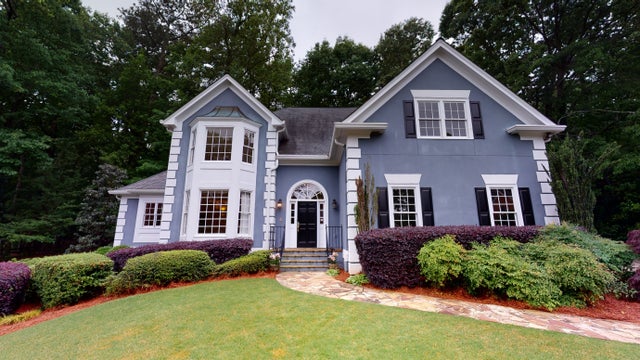As the demand for sustainable living continues to rise, architects and builders in Colorado are taking charge of creating eco-friendly homes that minimize environmental impact, promote energy efficiency, and reduce waste. Colorado, with its stunning natural landscapes and commitment to preserving its environment, offers a unique opportunity for designing homes that blend seamlessly with the surroundings while prioritizing sustainability. Sustainable design practices are crucial for reducing carbon footprints, conserving water, and promoting healthier living spaces. In this post, we will explore some of the key sustainable design practices for creating eco-friendly homes in Colorado and how homeowners can further benefit from services provided by local experts like Colorado dumpster rental experts, who play a vital role in waste management.
Energy-Efficient Home Design
The main component of sustainable design throughout Colorado depends on combining energy-efficient materials with innovative technologies. Homes in Colorado need to be designed to reach maximum energy efficiency because the state experiences wide variations between hot summer and cold winter seasons. Homes become more efficient when passive solar design strategies are implemented because these methods automatically harness sunlight and solar warmth.
The utilization of solar power plays a vital role in creating energy-efficient properties throughout Colorado. Solar panels thrive in the state because they receive plentiful sunlight throughout all months. Solar photovoltaic installations on roof surfaces enable homeowners to capture solar power to reduce their dependence on fossil fuels. Solar-powered homes decrease electricity expenses while reducing greenhouse gas emissions, leading to environmental clean-up efforts. The implementation of energy-efficient technologies together with solar energy solutions enables Colorado homes to lower their energy consumption substantially, thus establishing sustainability over the extended period.
Water Conservation and Management
Sustainable design should prioritize water conservation because Colorado experiences limited water availability in specific areas. The modern architectural practice includes water-saving design elements that promote efficient water usage and waste reduction in residential buildings. Low-flow plumbing fixtures, including faucets, showerheads, and toilets, are a practical approach to saving water while maintaining operational quality. The design can incorporate rainwater harvesting systems to enable homeowners to gather rainwater, which they can use for outdoor irrigation and non-potable purposes.
Coloradoans widely adopt xeriscaping as their landscaping method because it combines drought-resistant vegetation with innovative irrigation systems to achieve efficient water consumption. People who choose native plants suited for their local climate can establish attractive outdoor spaces that need minimal water and upkeep. Water conservation benefits accompany home aesthetics improvements through this practice, which simultaneously protects local ecosystems.
Sustainable Building Materials
The selection of building materials during construction determines how much environmental damage occurs to residential homes. Sustainable building materials combine three essential characteristics: they have eco-friendly properties, high energy efficiency, and durability. Architects who build eco-friendly homes in Colorado now select sustainable construction materials, which include reclaimed wood, bamboo, and recycled materials. Old barns, factories, and other structures supply the raw material for reclaimed wood, which cuts down on both new timber requirements and forest removal.
Eco-conscious builders today prefer local materials because they decrease transportation-related carbon emissions while constructing buildings. Local availability in Colorado supports two benefits for builders: it bolsters regional economic development and minimizes resource consumption for distance-based material transportation. Sustainable materials deliver extended durability because they need minimal maintenance, thus creating homes that become both durable and economically beneficial throughout their lifespan.
Waste Reduction and Proper Disposal
Waste reduction remains vital for creating sustainable homes because it encompasses building construction and homeowners’ regular activities. Reducing waste depends heavily on responsible management practices for construction waste. Construction projects usually generate excess materials, including wood, drywall, and metal components. The environmental impact of construction becomes lower when builders practice proper recycling and disposal methods for construction materials.
Homeowners must adopt sustainable waste management systems to complement their construction waste management. Composting organic waste, recycling household items, and reducing single-use plastic help create a sustainable lifestyle. Eco-friendly homes in Colorado contain designated areas for recycling and composting, which simplifies the process for homeowners.
Conclusion
The creation of eco-friendly homes requires sustainable design practices that produce energy-efficient structures that preserve water and utilize environmentally friendly building materials. The people of Colorado who value natural beauty and conservation have an exceptional chance to use green building methods that reduce their ecological footprint. Colorado homeowners can build homes that combine energy-efficient systems and water-saving solutions with sustainable materials and waste management practices to achieve comfortable living spaces that harmonize with the environment.




